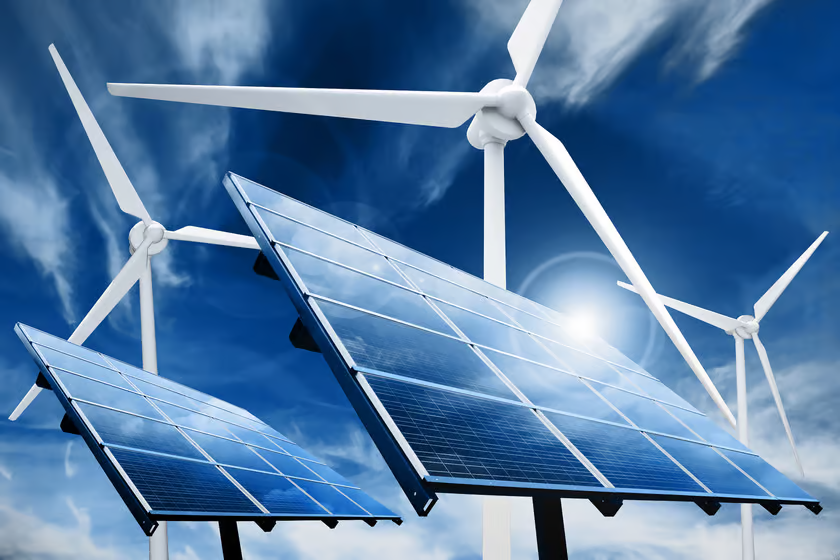In Short : A report emphasizes that the US needs a significant increase in electric vehicles (EVs) to achieve net zero emissions by 2050. The study suggests a requirement for 100 times more EVs on the roads. This drastic shift to electric transportation is crucial in reducing carbon emissions, combating climate change, and meeting the nation’s ambitious sustainability goals.
In Detail : The US achieving net zero by 2050 is possible, and a new report released today maps how it can get there with EV adoption at scale.
The ICF Climate Center, a climate and environment research arm within global consulting firm ICF, released a new report today, “Zeroing in on Climate Change,” that asserts the US can achieve net zero through three “super solutions”: EVs, building decarbonization, and clean energy.
ICF is among the world’s oldest and largest climate consultancies – it’s worked with the Environmental Protection Agency and the US Department of Energy from their inception.
The report’s researchers found that US federal agencies, state and local governments, and utilities will need to work together to increase EVs by 100x the current number of EVs on the road, install more than 1 billion decarbonization measures in buildings, and increase renewable energy to 85% of total electricity generation to meet US climate goals.
The report also modeled the impact of the Biden administration’s Bipartisan Infrastructure Law (BIL) and the Inflation Reduction Act (IRA), and found that the two laws alone could reduce enough greenhouse gas emissions to get the US halfway to its climate goals.
You can read the full report here to check out the details of the ICF Climate Center’s recommendations for clean energy and building decarbonization, and we’re going to take a closer look at the EV “super solution” below.
What 100x more EVs looks like
Around 2 million EVs were on the road at the end of 2022. The US needs some seriously aggressive EV growth: It needs to reach more than 44 million EVs on the road by 2030 and nearly 240 million by 2050.
ICF’s modeling shows that the BIL and the IRA’s funding and tax credits could increase the number of EVs on the road by 2030 to nearly 35 million. The two laws will yield a total of 93 million EVs on the road by 2050. But that’s not enough, because that’s 150 million less than the US needs.
In order to grow EVs by 100x, the report says that the US needs to scale up battery manufacturing, get consumers excited about EV sales, increase the number of public EV charging stations, and expand electric public transportation, which would significantly benefit disadvantaged communities.
In other words, we have to ditch the gas cars.
ICF doesn’t feel the EV target is insurmountable, but writes that “additional investments, regulations, and policies for transportation electrification” are needed.
Michael Jung, executive director of the ICF Climate Center, said:

